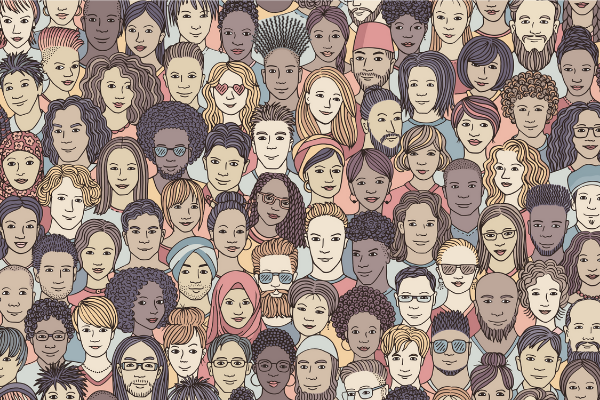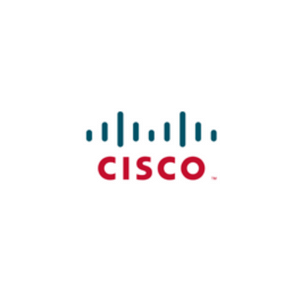Insights
INSIGHTS
All Topics
My Account
Digital tools to make your charity more inclusive
09 Sep 2020by Christine Chiu
All charities should be striving for inclusivity, so we’ve rounded up a few key tools that can help you
The level of inclusivity of the UK charity sector is under scrutiny. We’ve already seen high profile campaigns shed light on the barriers BAME workers face. The hashtag #CharitySoWhite started the racial equality movement in the charity sector. The movement now has its own website showing the importance of inclusion within charity work.
Digital tools are available to help charities align with the wider diversity and inclusion movement.
Here, we survey useful digital tools that can make a difference for charities.
Digital tools for inclusive recruitment
Charities can change things from the inside out. Digital tools can enhance inclusivity and encourage diversity. These tools help charities eliminate biases and increase opportunities during recruitment.
Comic Relief uses the digital platform Applied to remove unconscious biases. Unconscious biases are stereotypes which influence decision-making. They tend to be unintentional. The digital tool anonymises candidate names to help end unconscious biases. By removing the biases, Comic Relief’s team is better able to focus on assessing talent.
“Applied enables us to ask specific role-related questions in the application process. This lets us focus on the candidate’s skills, rather than trying to connect the dots between a cover letter and a CV and risking our own unconscious bias contributing to decision making.”
- Charlotte Cole, Recruitment Manager, Comic Relief
The Diversity Dashboard can help charities to recruit more inclusively. The framework recognises organisations as champions for diversity and inclusion. Charities are able to post adverts on the board. These adverts aim to attract candidates from diverse backgrounds. The platform also offers resources for charities, including upcoming webinars and blogs to keep charities up to date on diversity and inclusion issues.
Virtual reality helps charity audiences be more inclusive
Part of committing to inclusivity means showing your supporters that you care. Charities must be creative in showing their commitment. Through the use of digital tools, charity digital teams can showcase how it might feel to be marginalised or excluded. Virtual reality and immersive storytelling can also help give your supporters a different perspective.
The National Autistic Society asks supporters to use their imaginations. To help with this, the charity used immerse storytelling and virtual reality. The National Autistic Society produced a virtual reality video showing how an autistic person might react in a shopping center. It included flashing lights and loud noises, mimicking sensory overload. The video helps those without autism understand what it might feel like. By sharing experiences like this, charities are helping to break down barriers to inclusion.
Accessibility tools for better communication
How do you know your website is accessible and inclusive? A digital accessibility audit is a good starting place. Outcomes of the audit can help charities reach the widest possible audience.
AbilityNet and the British Museum have worked together to boost inclusivity. The project identified how the British Museum could reach more people. As part of the audit, AbilityNet suggested adding transcripts to audio and video content. By providing digital transcripts, people using screen readers can easily get the message.
Charities can also use digital tools to make sure content is written in an accessible way. Textio is an augmented writing platform which helps charities use inclusive language. The writing platform also helps writers stay on brand. The platform helps make sure that keywords related to your values are used. This way of writing means that everyone has the same ‘on brand’ language. By subscribing to Textio, charities can make sure written work is created in an inclusive way.
Hemingway app is another tool which can help charities make their communications more readable. The digital tool helps charities to write clearly and concisely. This allows content to be accessible to audiences of all reading levels. To start with, the authors insert a text into the webpage. The editor then highlights areas which could be written in a simpler way. Charities can access the app for free.
Knowing your diversity stats
Keeping track of diversity and inclusion helps charities move in the right direction. Digital tools can help connect the dots by identifying trends.
PeopleInsight is a digital HR platform which picks up employee data. For charity leaders, the digital tool helps keep track of progress. For example, the platform monitors employee ethnicity. These statistics could help make sure that BAME ratios improve. The equity tool also helps leaders keep abreast of corporate trends. The tool is able to assess whether there is a gender pay gap. Using digital, leaders can track progress, identify and report on trends.
SAP SuccessFactors provides a 360-degree solution for larger charities. The HR platform works like a constituent relationship management (CRM) system. The platform helps make sense of what’s going by linking data together. Charities can programme the system to track inclusion metrics over time. Leaders can then assess and make changes based on statistics real data. The platform can also link unconventional data together. This helps to uncover hidden trends. With powerful analytical support, leaders can forge ahead and make changes.
More on this topic
Recommended Products
12 Mar 2025by Kalli Daffin
A guide to buying refurbished computers for your charitySponsored Article
11 Mar 2025by Charity Digital
Podcast: The digital service delivery landscape in 2025
Our Events
Charity Digital Academy
Our courses aim, in just three hours, to enhance soft skills and hard skills, boost your knowledge of finance and artificial intelligence, and supercharge your digital capabilities. Check out some of the incredible options by clicking here.



















